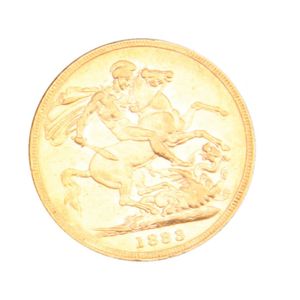Sancai Lotus Dish from Liao Dynasty
You must be a subscriber, and be logged in to view price and dealer details.
Subscribe Now to view actual auction price for this item
When you subscribe, you have the option of setting the currency in which to display prices to $Au, $US, $NZ or Stg.
- Lead Glaze - Lead glaze, also known as lead glaze or leaded glaze, is a type of glaze that contains lead oxide as one of its primary components. It was commonly used in the decoration of Chinese and Western ceramics from ancient times until the mid-20th century.
In Chinese ceramics, lead glazes were used as early as the Tang Dynasty (618-907 AD). The use of lead glazes became more widespread during the Song Dynasty (960-1279 AD), when potters developed the technique of firing ceramics at a high temperature to create a translucent, glass-like surface. This type of glaze, known as "celadon," was often used to decorate delicate porcelain vessels.
In the Western world, lead glazes were also commonly used to decorate ceramics. For example, during the Renaissance, lead glazes were often used to create brightly coloured majolica ware, which was popular in Italy and Spain. Lead glazes were also used in the production of English creamware and pearlware during the 18th and 19th centuries.
While lead glazes were prized for their beauty and durability, they also posed a health risk to potters and consumers, as lead is a toxic substance. Today, the use of lead glazes in ceramics is highly regulated or banned in many countries, and modern ceramic artists have developed alternative glazing techniques that are safer and more environmentally friendly.
This item has been included into following indexes:
Visually similar items

A 19th century yellow gold, enamel, diamond and garnet puff heart ring, possibly constructed from a locket clasp, the raised floral design on the decorative enamel puff heart form, plain band.

Mint gold sovereign Perth mint. 1883

A fine Chinese inkstone, the free form duan stone in beautiful tonings of aubergine and celadon, the mixing plain in the form of a lotus leaf surrounded by other finely carved and pierced water garden flora and a turtle, and to the reverse, an underwater s

A rare Royal Doulton cabinet plaque hand painted with perch fish with apple green border and richly gilded, signed Birbeck Senior.
